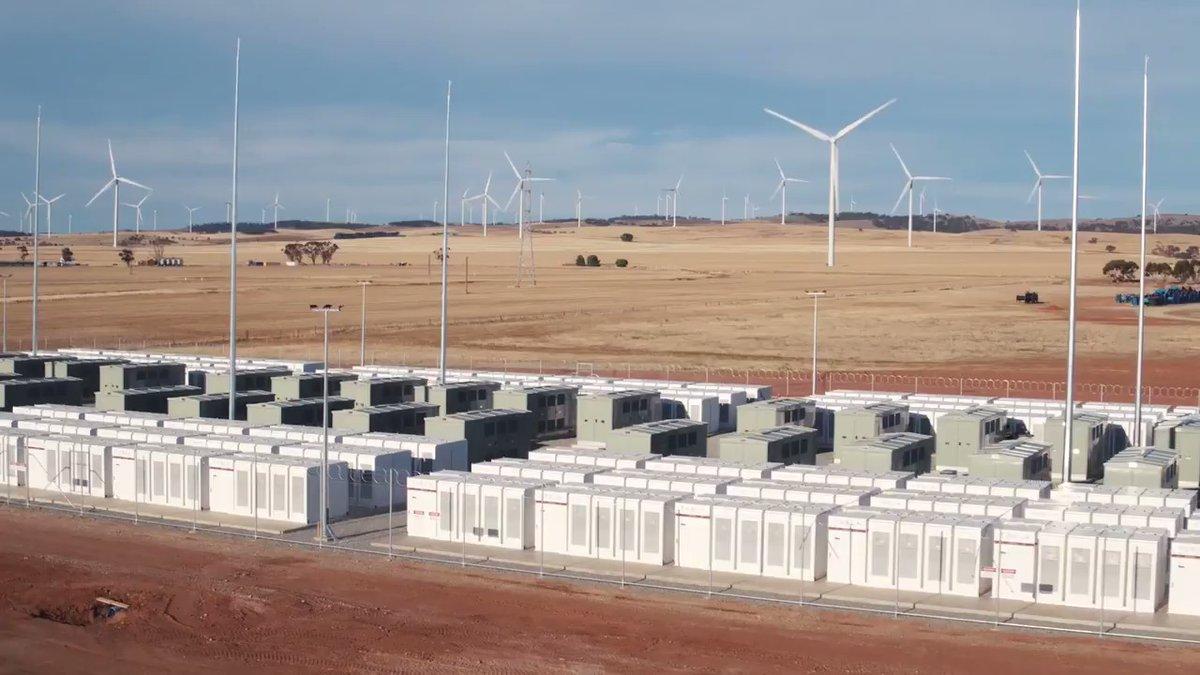Over the years, batteries have become a perfect solution to electrify transportation and offer an alternative to electricity grids to solve intermittent renewable energies or stabilize the grid. A tool that is beginning to be a more exciting option to fossil fuel systems, and which will now have a new installation made up of Tesla batteries.
After achieving the installation of the world’s largest battery, the Hornsdale project in Australia, Tesla is once again the protagonist with the announcement by the North American energy company Pacific Gas & Electric (PG&E) of the start of work on a new installation that the “world’s largest” poster will be hung again.
This will be located in Monterrey County, California, and will consist of a total of 256 Tesla Megapacks that will have a combined power of 182.5 MW and a capacity of 730 MWh. A figure that we can compare with the 129 MWh that the Australian installation had during its installation, which has been subsequently expanded to 150 MW and 193.5 MWh.
Another advantage of using this technology, which will support a PG&E substation in Moss Landing, is that the execution times are quite short, with the completion of the works expected in early 2021, and full activation in the second quarter of that same year.
Also, from the North American company, it has been indicated that the installation will be prepared for a second phase where capacity will be expanded to 1.1 GWh. They will join the ongoing project that will involve the commissioning of a second battery station that will reach the 300 MW and 1.2 GWh, and which has not yet been awarded.
According to Fong Wan, PG&E Vice President for Energy Policy and Procurement: “Battery storage plays an integral role in improving the overall efficiency and reliability of the power grid, integrating renewable resources while reducing dependency on fossil fuel generation. It can serve as an alternative to more expensive traditional solutions, resulting in lower overall costs for our customers. The scale, purpose, and flexibility of the Moss Landing system make it a milestone in the development and deployment of batteries at the utility-scale.”
PG&E forecasts that the Moss Landing system will allow the company to save more than $100 million over the estimated 20-year life of the project.
What is also clear is that the American energy company has seen the enormous potential of using batteries to stabilize the grid, and thus has many other projects underway. Projects including a 75 MW installation near Morgan Hill, California, as well as a 2 MW project at the Gonzales substation in the Salinas Valley. Besides, the company owns a 20 MW battery system at the Llagas substation in Gilroy, California.
A trend that is spreading among other electricity companies preparing dozens of projects that will reduce the use of backup sources such as gas or coal, and that in a few years will radically change the electricity landscape in the United States due to the determined commitment batteries.

